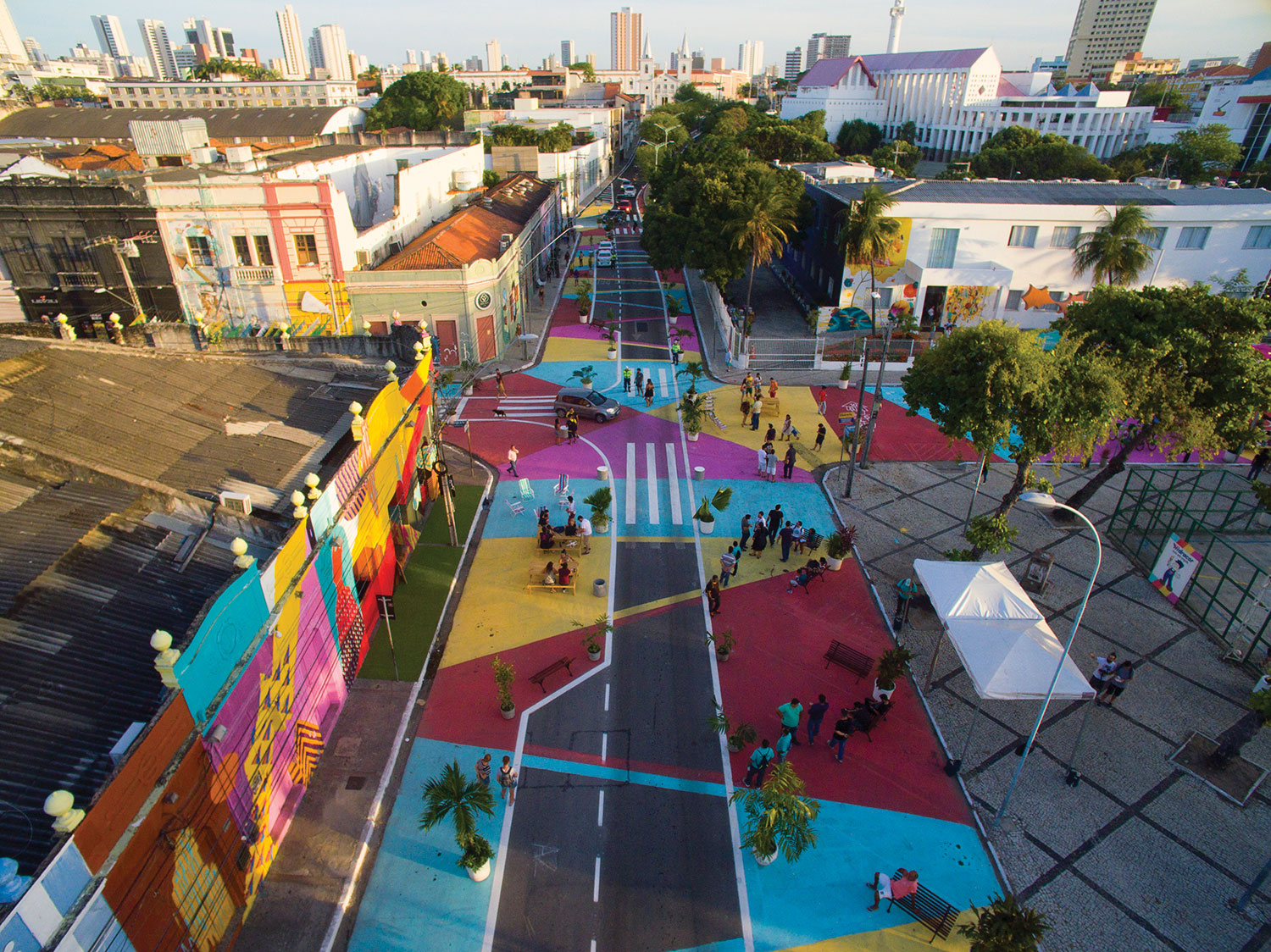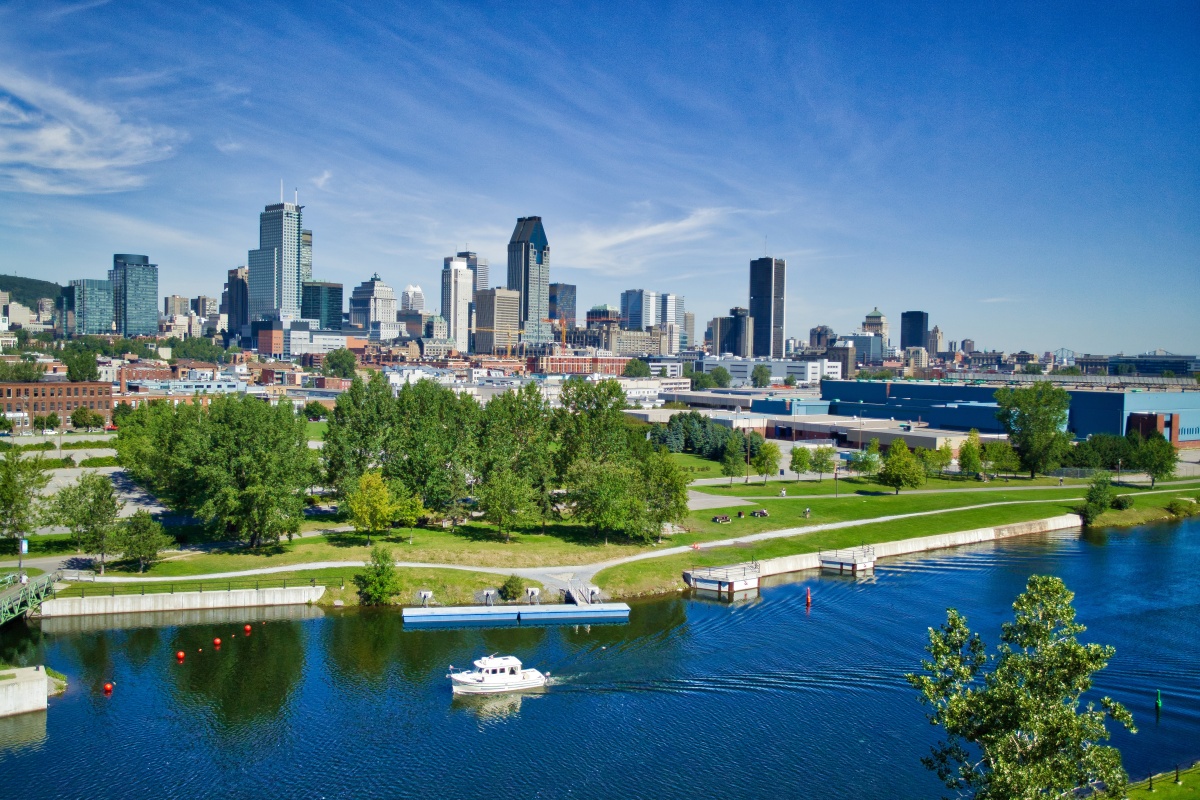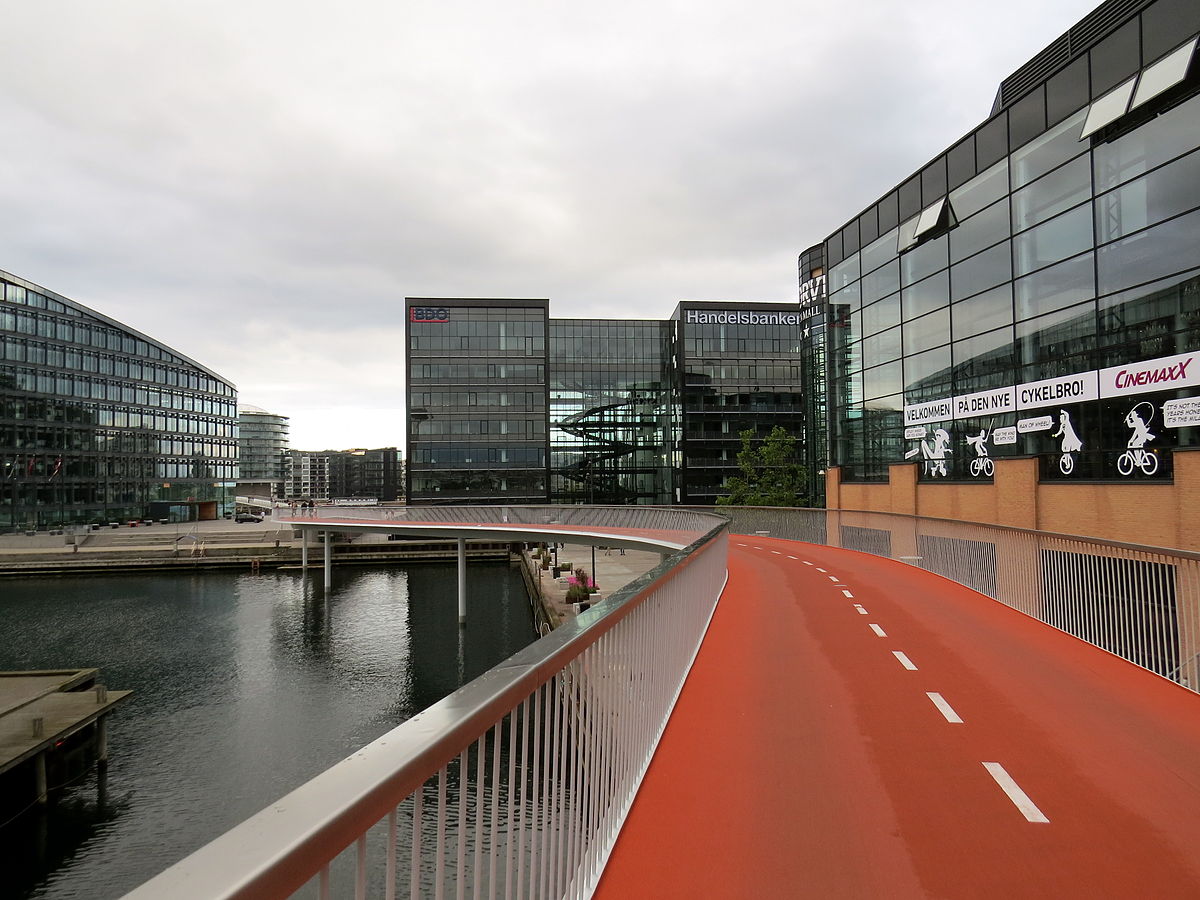User Ideas / Prospects
Cities leading the way in human-powered vehicle (HPV) infrastructure and the sustainable transformations they’re making to incorporate bicycles and other HPVs into urban planning. This includes their specific initiatives, benefits, and challenges:
1. Copenhagen, Denmark
Copenhagen is often cited as the gold standard for bike-friendly cities. With over 385 kilometers of dedicated bike lanes and iconic infrastructure such as the "Cycle Snake" bridge, the city has invested heavily in making cycling safe and accessible. Since 2014, cycle traffic has increased by 80%, with approximately 20,700 daily crossings on the Cycle Snake alone. This infrastructure provides clear lanes separated from car traffic and integrates innovative elements like curb-separated cycle tracks, bike-priority traffic lights, and set-back stop lines that increase safety at intersections. Copenhagen aims to achieve a 50% cycling modal share for trips to work or education by 2025, bolstered by over €10 million allocated in 2022 alone for new cycling projects
Visit CopenhagenState of GreenVisitDenmark- Infrastructure: Copenhagen is known for its comprehensive bike infrastructure, with dedicated bike lanes, innovative bike bridges, and a focus on bike-first urban planning. Approximately 62% of residents commute by bike, supported by city policies aimed at reducing car traffic and promoting cycling as a primary mode of transportation.
- Benefits: Copenhagen’s investment in HPV infrastructure contributes to reduced air pollution, improved public health, and decreased traffic congestion. The city’s emphasis on cycling has helped make it one of the cleanest and most active cities globally.
- Challenges: Even with its impressive cycling infrastructure, Copenhagen faces challenges in managing high cyclist volumes and maintaining the infrastructure during cold winters. However, ongoing innovations, like heated bike lanes, aim to address this issue
2. Bogotá, ColombiaIn Bogotá, cycling is integrated into the city’s congestion management and environmental strategies. The Ciclovía program is a notable example: every Sunday, major streets are closed to cars, allowing thousands of cyclists and pedestrians exclusive use of around 120 kilometers of roadways. This initiative encourages cycling while reducing vehicular emissions on high-traffic days. Bogotá has also added permanent bike lanes to support everyday commuting, which has helped the city reduce traffic congestion and air pollution, while promoting a healthy lifestyle among residentsWorld Resources InstituteArchDaily
- Infrastructure: Bogotá has transformed its streets with dedicated bike lanes and the Ciclovía program, where cars are banned on certain roads every Sunday, allowing cyclists and pedestrians exclusive use. This initiative spans about 120 kilometers of roadways.
- Benefits: These efforts significantly reduce traffic congestion, cut down emissions, and provide residents with a safe, open space for recreation and commuting. The program is a model for other cities worldwide looking to promote sustainable and active transportation.
- Challenges: While the Ciclovía program is popular, Bogotá still needs more year-round dedicated bike lanes to encourage daily HPV commuting. The city is also working on addressing safety concerns and infrastructure maintenance to support its growing cyclist populationWorld Resources Institute.

Utrecht has embraced cycling with a robust approach to multimodal commuting, connecting bike infrastructure directly with public transit. It is home to the world's largest bike parking facility, which accommodates over 22,000 bikes, facilitating easy transitions between cycling and train travel. Utrecht has committed to doubling bike commuting by 2030 and expanding its network of "cycle superhighways" to support long-distance cycling, which reduces car dependency and lowers emissions. The city’s emphasis on convenience and connectivity has made cycling a primary mode of transport
ArchDailyVisit Copenhagen- Infrastructure: Utrecht has invested heavily in bike infrastructure, including the world’s largest bike parking facility, with over 22,000 spaces. The city integrates bike paths seamlessly with public transit stations, facilitating multi-modal commuting and reducing car dependency.
- Benefits: Utrecht’s emphasis on cycling infrastructure has led to a reduction in car use and associated pollution, as well as economic benefits from fewer infrastructure maintenance requirements compared to car-dependent cities. The facility serves as a central hub that improves the commute experience for cyclists, with easy access to amenities.
- Challenges: The demand for bike facilities continues to grow as cycling becomes even more popular, and the city is challenged with ensuring sufficient space and integration with other forms of public transport to keep up with the increasing usageArchDaily.

Fortaleza demonstrates how cities in emerging economies can prioritize cycling infrastructure. The city has funded its cycling projects through creative revenue sources, such as online parking fees, which financed a 524-kilometer expansion of its bike network. Fortaleza’s strategic bike lanes have made cycling safer and more accessible, helping reduce congestion and providing an affordable commuting alternative. This infrastructure boost increased the city’s cycling rate, showing that even in car-centric urban areas, bike-friendly infrastructure can change commuting patterns
World Resources InstituteC40 Knowledge Hub- Infrastructure: Fortaleza’s innovative approach to cycling infrastructure includes a strategic plan that expanded its bike lane network by 524 kilometers. The city funded this expansion through revenue generated from an online parking app, demonstrating a creative approach to financing.
- Benefits: Fortaleza’s bike lane expansion has helped make cycling safer and more appealing, significantly increasing the number of daily cyclists. The infrastructure has also contributed to a decrease in traffic congestion and vehicular pollution, benefiting the overall urban environment.
- Challenges: As a rapidly growing city, Fortaleza must balance infrastructure needs across various transport modes. Ensuring consistent maintenance and safety on its bike paths and addressing funding limitations remain key challenges as the city seeks to make cycling a primary mode of transportationWorld Resources Institute.

Montreal is North America’s leader in cycling infrastructure, with over 500 kilometers of bike paths and numerous protected lanes. The city integrates bike paths with its public transit system and operates one of the top-rated bike-sharing programs in the world. Montreal’s seasonal challenges are addressed through snow removal on key bike paths, ensuring year-round cycling access. The emphasis on safe and interconnected bike routes not only supports Montreal’s sustainability goals but also attracts cycling tourism, providing economic benefits as well
ArchDailyVisitDenmark- Infrastructure: Montreal is considered a leader in North America for its extensive bike infrastructure, which includes protected bike lanes and intersections specifically designed for cyclists. The city has also implemented bike-sharing programs to promote HPV use.
- Benefits: The increased accessibility and safety of bike infrastructure in Montreal have encouraged more residents to cycle, leading to reduced traffic congestion and emissions. The emphasis on cycling also supports a healthier lifestyle for residents and has boosted local tourism by making the city more accessible for visitors.
- Challenges: Montreal’s cold winters pose a challenge to year-round cycling. The city is exploring options for winter maintenance of bike paths, as well as other improvements to encourage all-season cycling, as cycling infrastructure investments are critical for reducing car use over timeArchDaily.
These cities showcase diverse strategies and highlight the profound impact HPV infrastructure can have on urban environments. Investment in cycling lanes, dedicated paths, bike parking, and multi-modal commuting options are essential steps for integrating HPVs into urban landscapes. Cities that prioritize HPVs benefit from reduced pollution, improved public health, and less congestion. However, seasonal challenges, safety concerns, and the need for ongoing funding remain as areas to address.
These examples demonstrate that with creative approaches to funding, thoughtful planning, and policy support, cities worldwide can create a future where human-powered transportation plays a central role.

